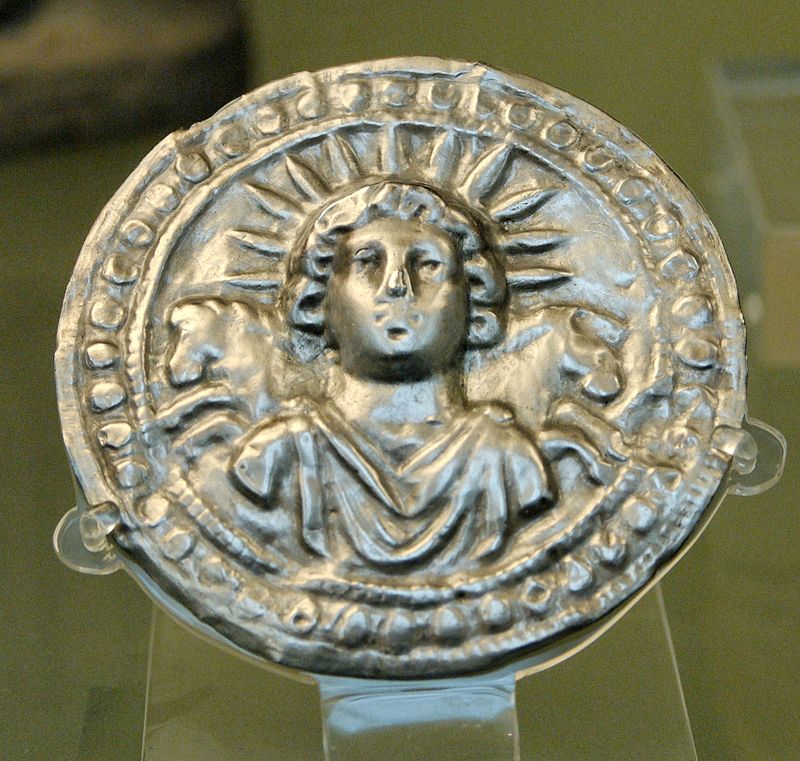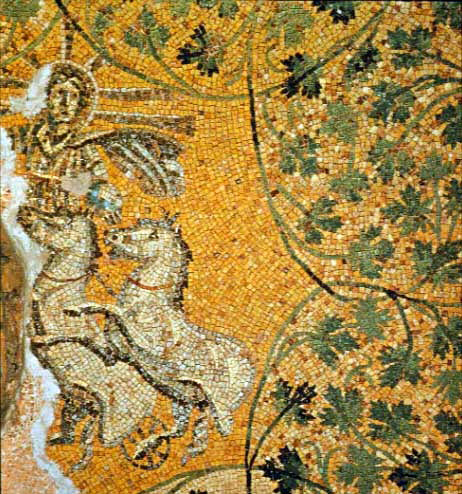Sol Invictus
Sol Invictus, meaning “Unconquered Sun,” became the official sun god of the later Roman Empire, revered by soldiers and seen as a symbol of imperial power and triumph.

In 274 AD, Roman emperor Aurelian significantly elevated the status of Sol Invictus, the “Unconquered Sun,” by establishing it as an official cult alongside traditional Roman deities. This move sparked debate among scholars. Was Sol Invictus a revival of an ancient Roman sun god, a reincarnation of the cult of Elagabalus (a Syrian sun deity), or something entirely new? Regardless of its origins, Sol Invictus found favor with emperors following Aurelian, frequently appearing on their coins until the reign of Constantine I.

The identity of Aurelian’s Sol Invictus has long been a subject of scholarly debate. Based on the Augustan History, some scholars have argued that it was based on Sol Elagablus of Emesa. Others, basing their argument on Zosimus, suggest that it was based on Šams, the solar god of Palmyra on the grounds that Aurelian placed and consecrated a cult statue of the sun god looted from Palmyra in the temple of Sol Invictus. Professor Gary Forsythe discusses these arguments and adds a third more recent one based on the work of Steven Hijmans. Hijmans argues that Aurelian’s solar deity was simply the traditional Greco-Roman Sol Invictus.

